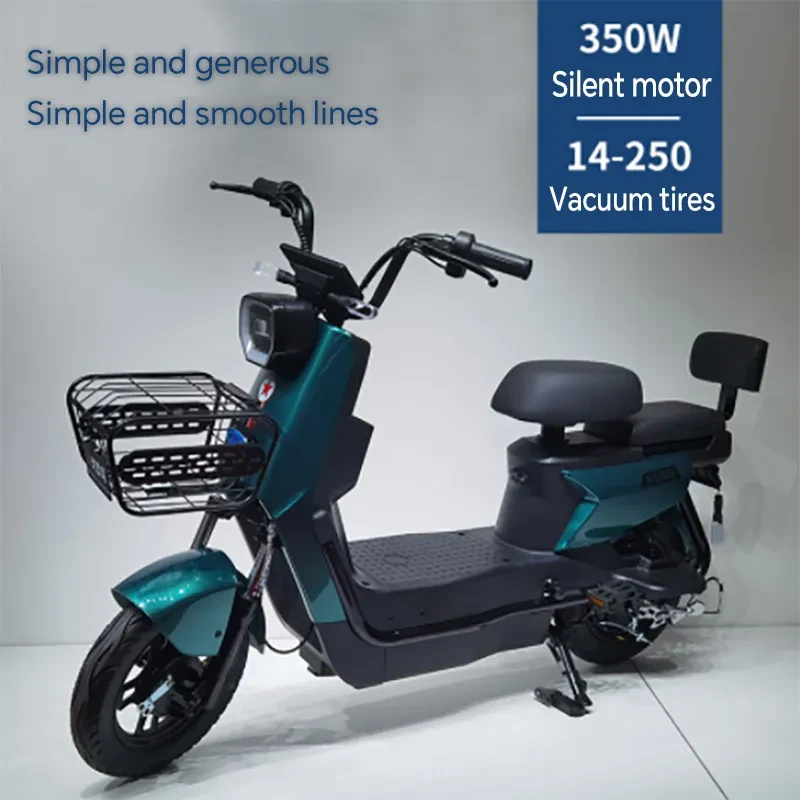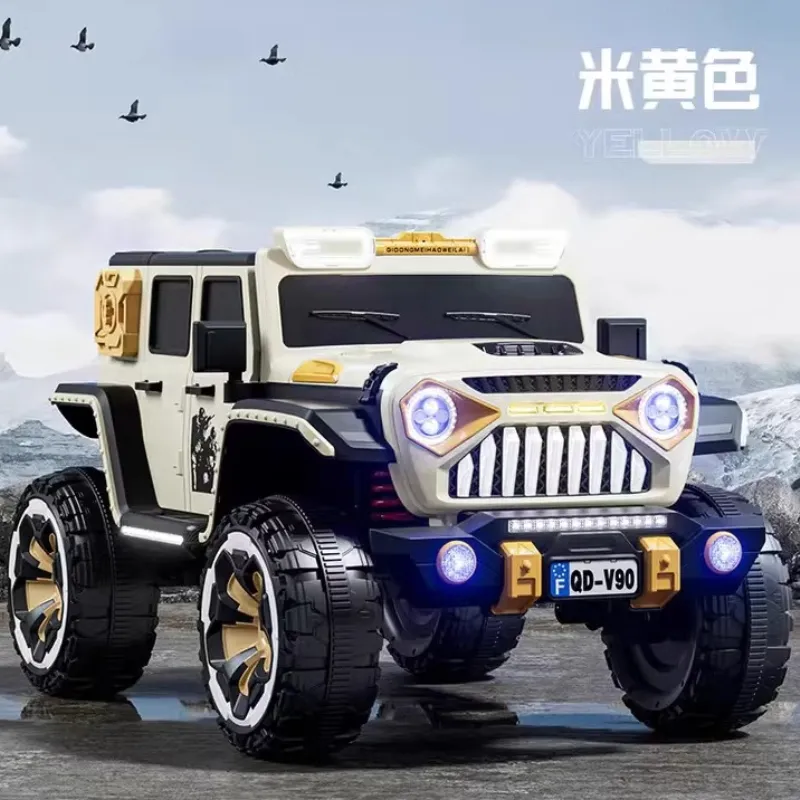
- Afrikaans
- Albanian
- Amharic
- Arabic
- Armenian
- Azerbaijani
- Basque
- Belarusian
- Bengali
- Bosnian
- Bulgarian
- Catalan
- Cebuano
- Corsican
- Croatian
- Czech
- Danish
- Dutch
- English
- Esperanto
- Estonian
- Finnish
- French
- Frisian
- Galician
- Georgian
- German
- Greek
- Gujarati
- Haitian Creole
- hausa
- hawaiian
- Hebrew
- Hindi
- Miao
- Hungarian
- Icelandic
- igbo
- Indonesian
- irish
- Italian
- Japanese
- Javanese
- Kannada
- kazakh
- Khmer
- Rwandese
- Korean
- Kurdish
- Kyrgyz
- Lao
- Latin
- Latvian
- Lithuanian
- Luxembourgish
- Macedonian
- Malgashi
- Malay
- Malayalam
- Maltese
- Maori
- Marathi
- Mongolian
- Myanmar
- Nepali
- Norwegian
- Norwegian
- Occitan
- Pashto
- Persian
- Polish
- Portuguese
- Punjabi
- Romanian
- Russian
- Samoan
- Scottish Gaelic
- Serbian
- Sesotho
- Shona
- Sindhi
- Sinhala
- Slovak
- Slovenian
- Somali
- Spanish
- Sundanese
- Swahili
- Swedish
- Tagalog
- Tajik
- Tamil
- Tatar
- Telugu
- Thai
- Turkish
- Turkmen
- Ukrainian
- Urdu
- Uighur
- Uzbek
- Vietnamese
- Welsh
- Bantu
- Yiddish
- Yoruba
- Zulu
Feb . 07, 2025 00:45 Back to list
3 wheeled kids scooter
The popularity of the 3-wheeled kids scooter has been soaring, capturing the hearts of children and parents alike. As an enthusiast in child mobility solutions, I've witnessed firsthand the remarkable transformation these scooters have brought to outdoor play. Understanding the nuances of these scooters involves delving into their design, safety features, developmental benefits, and maintenance tips, all of which intertwine experience, expertise, authoritativeness, and trustworthiness.
In respect to maintenance, understanding the key components can preserve the life of the scooter. Regular checks on wheel condition, brake functionality, and handlebar alignment can prevent unexpected malfunctions. Lubricating moving parts ensures smoother rides and reduces physical wear, thus reinforcing the scooter's durability. Parents can trust that with consistent care, the investment in their child's enjoyment and learning experience is both wise and economical. Industry experts continually advocate for 3-wheeled kids scooters due to their robust developmental benefits, safety innovations, and versatility. These considerations underline their authority in the field as more than toys but as facilitators of growth and learning. The pedagogical underpinnings these scooters bring to play are crucial in educating young minds, underscoring their status not only as entertaining gadgets but also as vital developmental instruments. For parents navigating the landscape of juvenile recreational equipment, trust in the power of informed choices is key. Manufacturers who prioritize safety and quality are those you can rely upon. Continuous advancements in design and technology further entrench the 3-wheeled scooter's place as a staple in children's playful exploration, fostering independence and adventure. This intricate blend of experience, expertise, authoritativeness, and trustworthiness encapsulates the essence of 3-wheeled kids scooters, marking them as more than mere playthings. They are gateways to movement, discovery, and learning, sculpting childhood memories while preparing the next generation with skills that will serve them well into adulthood.


In respect to maintenance, understanding the key components can preserve the life of the scooter. Regular checks on wheel condition, brake functionality, and handlebar alignment can prevent unexpected malfunctions. Lubricating moving parts ensures smoother rides and reduces physical wear, thus reinforcing the scooter's durability. Parents can trust that with consistent care, the investment in their child's enjoyment and learning experience is both wise and economical. Industry experts continually advocate for 3-wheeled kids scooters due to their robust developmental benefits, safety innovations, and versatility. These considerations underline their authority in the field as more than toys but as facilitators of growth and learning. The pedagogical underpinnings these scooters bring to play are crucial in educating young minds, underscoring their status not only as entertaining gadgets but also as vital developmental instruments. For parents navigating the landscape of juvenile recreational equipment, trust in the power of informed choices is key. Manufacturers who prioritize safety and quality are those you can rely upon. Continuous advancements in design and technology further entrench the 3-wheeled scooter's place as a staple in children's playful exploration, fostering independence and adventure. This intricate blend of experience, expertise, authoritativeness, and trustworthiness encapsulates the essence of 3-wheeled kids scooters, marking them as more than mere playthings. They are gateways to movement, discovery, and learning, sculpting childhood memories while preparing the next generation with skills that will serve them well into adulthood.
Next:
Latest news
-
The Ultimate Kids' Four-Wheeler Experience
NewsJul.09,2025
-
The Ultimate Guide to Mountain Bikes: Gear Up for Your Ride
NewsJul.09,2025
-
The New Age of Cycling: Electric Bikes for Every Rider
NewsJul.09,2025
-
The Best Kids Bicycles: Ride in Style and Safety
NewsJul.09,2025
-
The Best 3-Wheel Scooters for Kids: Fun, Safety, and Adventure
NewsJul.09,2025
-
Revolutionize Your Ride: Affordable Electric Bikes
NewsJul.09,2025
-
Finding the Perfect Mountain Bike for Every Rider
NewsJul.09,2025



